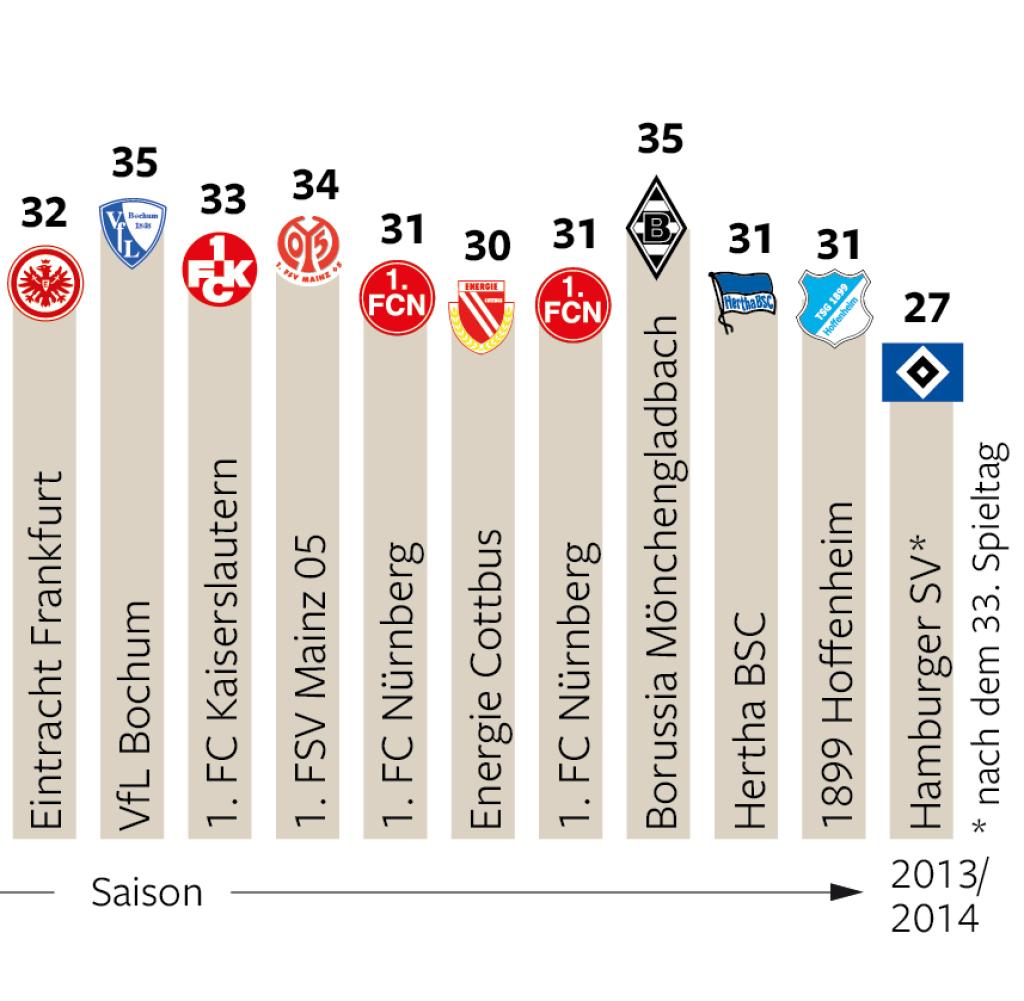How Flood Alerts Work And How To Stay Safe During A Flood

Table of Contents
Understanding Flood Alert Systems
Effective flood preparedness begins with understanding the alert system itself. Knowing the difference between various types of alerts and the technology behind them is paramount to reacting appropriately.
Types of Flood Alerts
Flood alerts aren't all created equal. Different terms indicate varying levels of risk and the urgency of the situation. These alerts are typically issued by the National Weather Service (NWS) and local authorities.
- Flood Watch: Conditions are favorable for flooding. Be prepared to take action if flooding occurs. This is a precautionary measure.
- Flood Warning: Flooding is occurring or is imminent. Take immediate action to protect yourself and your property. This indicates a dangerous situation.
- Flash Flood Warning: A sudden and dangerous flood is occurring or is imminent. Take immediate action to save your life. This is the most serious alert.
- Flood Advisory: Flooding is possible, but the impact is likely to be less severe than a warning. Stay informed and monitor the situation.
Technology Behind Flood Alerts
The accuracy and timeliness of flood alerts rely on sophisticated technology that monitors various environmental factors.
- Weather Radar: Tracks precipitation patterns, helping forecasters predict potential rainfall amounts and the likelihood of flooding.
- River Gauges: Measure river levels in real-time, indicating the potential for riverine flooding. This is crucial for predicting when rivers will overflow their banks.
- Rainfall Data: Collected from various sources (weather stations, automated sensors), this data is used to assess rainfall intensity and duration.
- Hydrological Modeling: Complex computer models use various data points to simulate river flows and predict flood extent. This allows for more precise and timely flood alerts.
Data from these sources is constantly analyzed and combined using sophisticated algorithms to generate timely and accurate flood alerts.
Receiving Flood Alerts
Having a reliable system for receiving alerts is critical. There are several ways to stay informed, each with its own benefits and drawbacks.
Multiple Alert Channels
A multi-layered approach to receiving alerts increases the likelihood of being warned in time.
- Weather Apps: Most weather apps (e.g., AccuWeather, The Weather Channel) provide alerts based on your location. Pros: Convenient and readily accessible; Cons: May require a data connection.
- NOAA Weather Radio: A dedicated radio system broadcasts weather information, including flood alerts, 24/7. Pros: Reliable even during power outages; Cons: Requires a dedicated radio receiver.
- Text Alerts: Many municipalities and weather services offer text-based alert systems. Pros: Direct and immediate; Cons: Requires registration and a mobile phone.
- Local News: Television and radio broadcasts are valuable sources for real-time updates during flood events. Pros: Often includes local context and advice; Cons: May not be available during power outages.
Setting Up Your Alert System
To maximize your preparedness, take these steps:
- Download a reliable weather app: Ensure location services are enabled for accurate alerts.
- Sign up for text alerts: Visit your local emergency management agency's website to register.
- Purchase a NOAA Weather Radio: Keep it handy during severe weather events.
- Monitor local news: Stay tuned to television and radio broadcasts for up-to-date information.
Remember: having multiple sources ensures you’ll receive warnings even if one system fails.
Staying Safe During a Flood
Knowing what to do before, during, and after a flood is crucial. Proper preparation and swift action can save lives and minimize property damage.
Before the Flood: Flood Preparedness
Proactive planning is essential.
- Create a family emergency plan: Designate a meeting point and establish communication protocols.
- Assemble an emergency kit: This should include water, non-perishable food, first-aid supplies, medications, flashlights, batteries, a portable radio, and important documents.
- Identify evacuation routes: Know the safest routes to higher ground or designated evacuation centers.
- Understand your risk level: Assess your property's vulnerability to flooding. This helps determine the level of preparedness needed.
During the Flood: Flood Safety Tips
Immediate action is critical.
- Evacuate immediately if instructed: Obey evacuation orders without delay.
- Seek higher ground: Move to the upper floors of your building or to a designated evacuation center.
- Avoid floodwaters: Floodwater can be contaminated and conceal hazards like downed power lines.
- Turn off utilities: Switch off electricity, gas, and water to prevent further damage.
After the Flood: Post-Flood Recovery
Recovery is a process that requires careful planning and action.
- Check for damage: Carefully assess structural damage to your property.
- Contact your insurance company: Report damage as soon as possible.
- Seek help from relief agencies: Numerous organizations provide assistance to flood victims.
- Avoid contaminated water: Floodwater can be contaminated and unsafe for consumption.
Conclusion
Understanding flood alerts and taking appropriate action can mean the difference between safety and disaster. By understanding the various types of alerts, establishing a reliable alert system, and preparing for potential flooding, you can significantly reduce your risk. Don't wait for a crisis to strike; sign up for flood warning systems in your area today. Your life and property depend on it. Take action now – your safety relies on preparedness and your response to emergency flood alerts.

Featured Posts
-
 Rueckkehr In Die Bundesliga Der Hsv Ist Wieder Da
May 25, 2025
Rueckkehr In Die Bundesliga Der Hsv Ist Wieder Da
May 25, 2025 -
 Podcast Production Revolutionized Ai And The Repetitive Scatological Document
May 25, 2025
Podcast Production Revolutionized Ai And The Repetitive Scatological Document
May 25, 2025 -
 Zheng Qinwens Breakthrough Italian Open Semifinal Victory Over Sabalenka
May 25, 2025
Zheng Qinwens Breakthrough Italian Open Semifinal Victory Over Sabalenka
May 25, 2025 -
 Trumps Campaign Against Elite Lawyers Faces Another Defeat
May 25, 2025
Trumps Campaign Against Elite Lawyers Faces Another Defeat
May 25, 2025 -
 Lewis Hamiltons Comments Draw Sharp Criticism From Ferrari
May 25, 2025
Lewis Hamiltons Comments Draw Sharp Criticism From Ferrari
May 25, 2025
